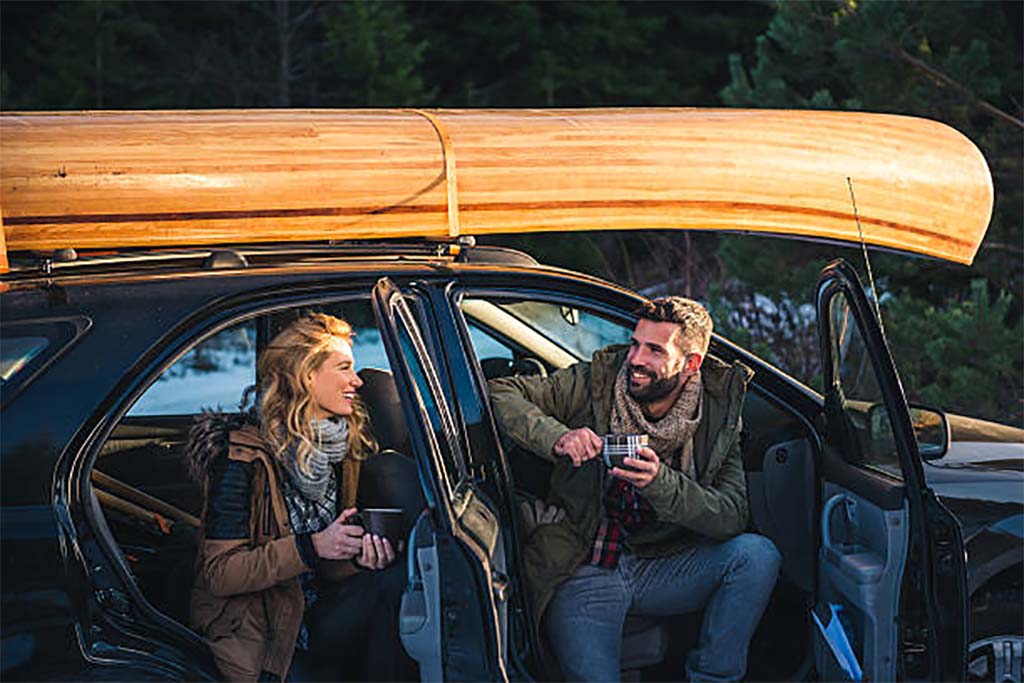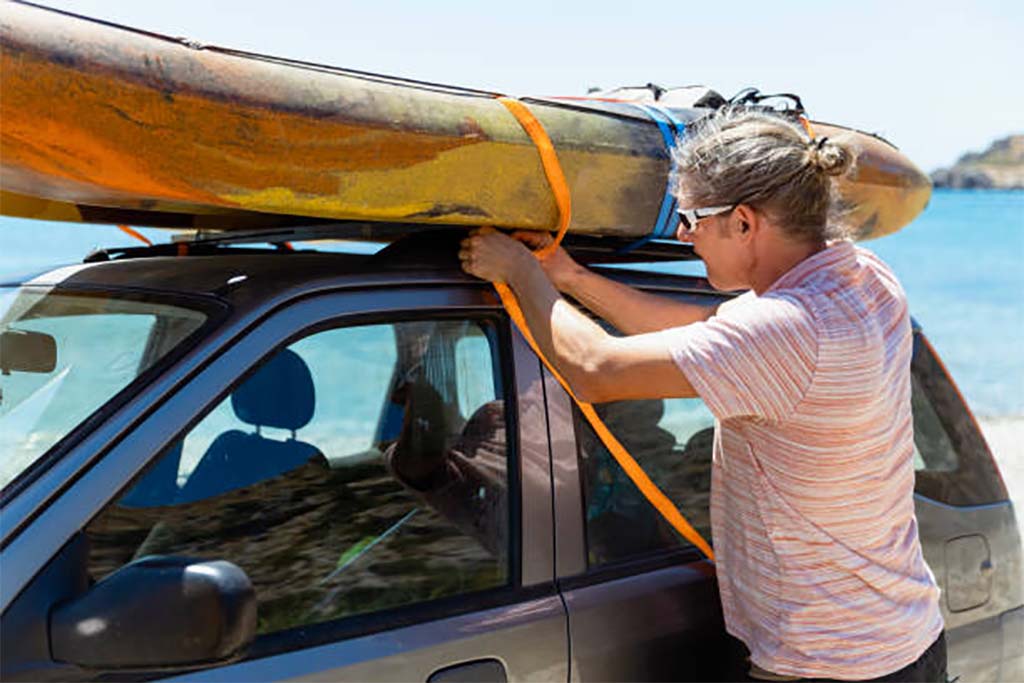How to Safely Transport a Canoe on Your Car

Canoes are an iconic symbol of outdoor recreation and exploration, allowing you to explore streams, rivers, lakes, and even oceans depending on your model! But if you’re looking for an adventure away from home or want to hit up your favorite lake spot during vacation, then you’ll have to figure out how to transport the canoe. For this, you’ll need the right supplies, knowledge on assembling the canoe for transport, and a plan for properly securing it onto your vehicle. This guide will provide step-by-step instructions on how to transport your canoe safely and comfortably with your car.
Assembling the Canoe for Transport
Gathering the Supplies
Before setting out on your journey, make sure you have all of the necessary supplies to get started: two crossbar-style racks or a custom hauler (depending on what type of vehicle you have), ratchet straps or bungee cords, and any other additional supplies that may be needed. If you don’t already own these items then they can usually be found at any sporting goods store or major retailer.
Setting Up the Racks
Once all of your equipment has been gathered it’s time to set up the racks that will help secure and support your canoe while in transit. If you’re using crossbars then they should easily fit onto most vehicles that are equipped with factory installed rails (the exact specifications may vary depending on make/model). These crossbars can usually be adjusted to fit the width of the canoe, so make sure you measure and adjust accordingly. If you’re using a custom hauler then it may require additional tools and hardware for installation.
Loading the Canoe Properly
When loading the canoe onto your vehicle take extra care to make sure it is secure before driving off. Lift one end of the canoe onto your shoulder, then place it on top of one crossbar or side bracket of the hauler. Secure either end with one or two ratchet straps (depending on whether you have 2 or 4 crossbars) so that no movement will occur during transport. Make sure that all straps are tightened evenly and securely, as this will help reduce any excessive wobbling during transit.
Securing the Canoe for Transport
Once your canoe has been loaded, there are a few steps to take in order to ensure its secure transport.

Using Ratchet Straps and Bungee Cords
Ratchet straps are ideal for securing canoes since they provide superior tension control compared to rope or bungee cords which may loosen up over time leading to dangerous road conditions. To use them correctly loop each strap around the canoe and its corresponding rack, then feed it through the ratchet until it is tight enough to hold the canoe firmly in place. It’s important to note that a minimum of two straps should be used on each end of the vehicle while an additional one or two may also be needed depending on the length of your canoe.
Securing with Hitch Technology
If you have a hitch receiver then you can also use specialized carriers or racks designed specifically for transporting canoes. These are especially useful if your vehicle does not have factory installed rails as they provide an easy way to attach and secure the canoe without any drilling or modifications. Just make sure to follow all safety precautions given by the manufacturer when using these devices! Read also here about cold air intake for Nissan.
Taking Other Safety Precautions
No matter what type of hauler you choose, always keep in mind that extra precaution should be taken when driving with a large and heavy object like a canoe attached to your car. Make sure to slow down for turns and bends, drive carefully over bumps, and avoid potholes whenever possible since these could cause significant damage if hit at full speed. Additionally, it’s always best practice to check all straps/connections before driving off each time to make sure everything is tight and secure.
Conclusion
Transporting a canoe with your car can be a great way to go on new adventures and explore the outdoors, but it’s important to take the proper steps in order to do so safely. With the right supplies, knowledge, and safety precautions you’ll be able to easily transport your canoe securely and have fun doing it!